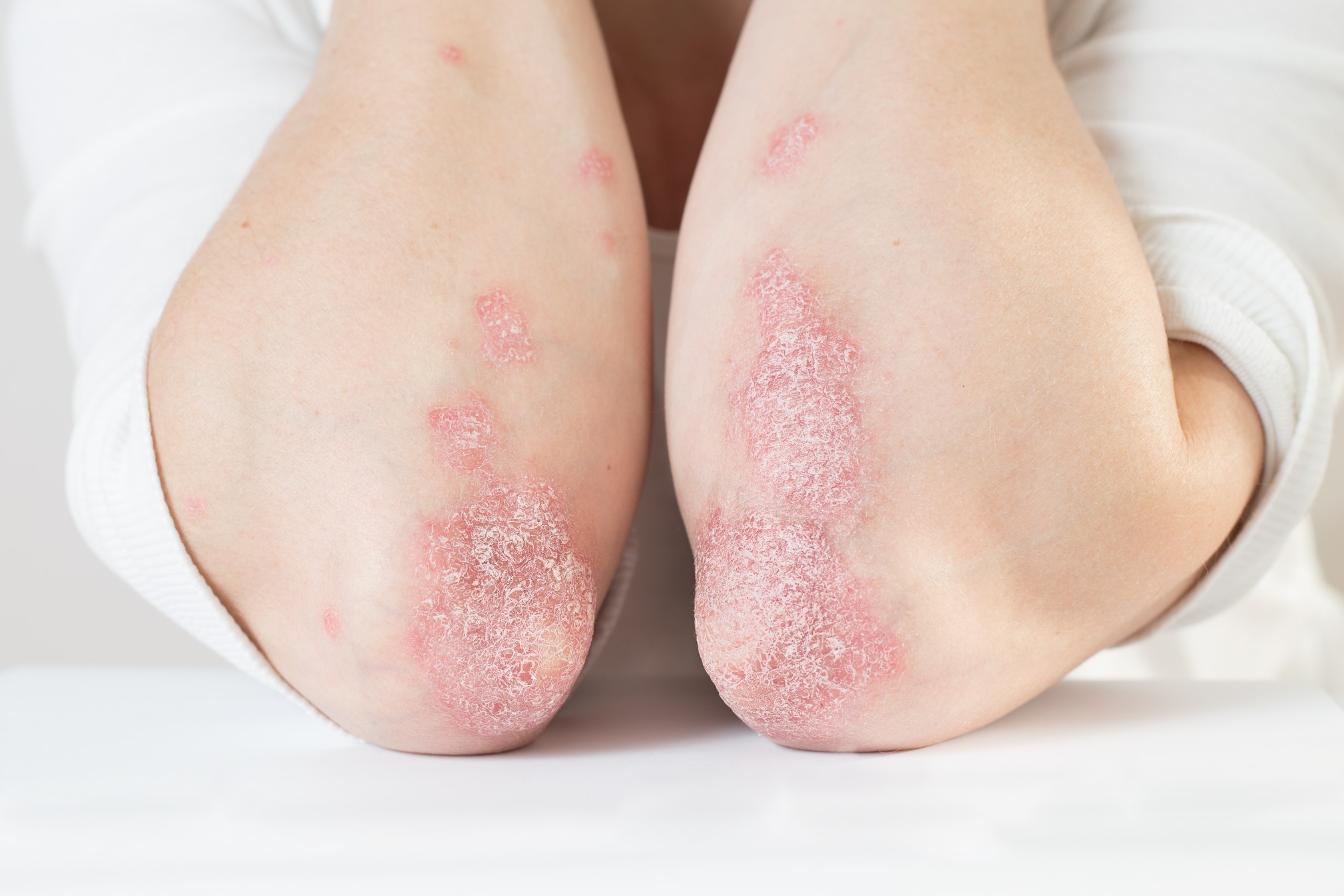How a Rainy Night and Beyoncé Kept DC Metro Running
August 9, 2023
In the captivating world of music and entertainment, artists wield a unique power that extends beyond the boundaries of the stage, leaving an indelible mark on the hearts and minds…

Psoriasis is a fairly common skin disorder affecting around eight million Americans. A person of any race or age can be stricken, however, it is more common in Caucasians and appears most often between the ages of 15 and 35.
A small percentage of children under age 10 have psoriasis and it is rare but possible for infants to have the disorder. Percentage rates are equal among men and women.
It’s important to understand that psoriasis lesions are not infectious and can’t be “caught” to avoid any social stigma. Psoriasis is thought to be an autoimmune disease.
This means it affects the immune system where T cells are produced to help the body fight infections. When T cells respond to any type of infection, they release chemicals that cause inflammation. For psoriasis, this results in the rapid reproduction of new skin cells.
Normally, skin cells replace themselves around every 28 days. With psoriasis, it takes only two to six days.
The main symptom of psoriasis is red crusty patches of dead skin that itch and burn. They’re often covered with flaky, silvery scales that brush off easily.
These patches most commonly develop on the skin over joints such as knees and elbows but they may also appear on the hands, feet, face, neck, or scalp. In rare cases, they can appear on the mouth, nails, and genital area. Scales on the scalp, face, and buttocks are more common in children.
Symptoms occur in mild to severe flareups with periods of remission in between that last anywhere from one month to a year.
Psoriasis is often confused with eczema which also produces itchy red patches. However, eczema patches tend to appear where the skin bends such as the back of the knees and crooks of the elbows.
Eczema is not an autoimmune disorder. It is caused by bacteria, allergens, environmental factors or genetics. Eczema also produces a more intense itch.
It’s important to learn the five types of psoriasis to determine the proper treatment. Plaque psoriasis is the most common and the type most easily confused with eczema.
The symptoms are raised, red patches most often on the knees, elbows, scalp, and lower back. They are itchy, painful, and can crack and bleed.
Guttate psoriasis is the second-most common. This type appears as small lesions that resemble dots. It’s most often seen in children or young adults following a strep infection.
Inverse psoriasis appears as bright red lesions that are smooth and shiny. These lesions show up in skin folds such as under the arms, behind knees, or in the groin. This type of psoriasis is usually accompanied by a second type.
The presence of white blisters of pus surrounded by red skin is called pustular psoriasis. Made up of white blood cells, the pus is not infectious or contagious. They can appear anywhere but are most often seen on the feet or hands.
The most severe form is called erythrodermic psoriasis. It is a rare form only occurring in three percent of psoriasis patients during a lifetime. This type produces a fiery redness covering much of the body. Pain and itching are unrelenting and skin may come off in sheets.
A flareup of this type calls for emergency medical attention as it can be life-threatening. Those with unstable plaque psoriasis are the most vulnerable.
Researchers know that family history and the immune system play a major role. It’s estimated that around 10 percent of the population carries the gene but only two to three percent will develop the condition. Flareups are usually caused by triggers.
These vary from person-to-person and include stress and anxiety, infections, hormonal changes, and skin injuries. Some people associate flareups with diet, allergies, and even the weather but there is no evidence to support this.
Medications associated with flareups include lithium, quinidine, antimalarials, and indomethacin.
In addition to causes, several risk factors for developing psoriasis have been identified. Having a close relative with the disorder is the most likely risk factor.
The child of one parent with psoriasis has a 10 percent risk factor. This increases to 50 percent if both parents have it. Other risk factors are having cardiovascular disease, metabolic syndrome, and a past history of skin injuries.
In young people, step throat, tonsillitis, and bronchitis are risk factors. Symptoms show up in four to six weeks.
Proper psoriasis treatment depends on a diagnosis. Doctors can usually do this with a physical examination of the skin, nails, and scalp. In some cases, the doctor may order testing.
This is done with a skin biopsy. A lab can examine the biopsy through a microscope the type and rule out any infection or other condition.
Thicker, inflamed skin will distinguish the diagnosis from eczema. Biopsies are done as an outpatient using a local anesthetic for numbing. Results will be discussed during a follow-up appointment. One or more treatments will be prescribed according to location, type, and severity.
There is no cure, but fortunately, highly effective treatments are available to manage symptoms. Topicals applied to the affected areas in the form of creams, ointments, and gels are usually prescribed first.
Other treatments include biologics and systemics. Biologics are given by injections or infusions. They target troublesome parts of the immune system. Systemics are either administered orally or injected to fight the underlying cause.
Manage psoriasis at home by learning to recognize triggers. Adopt a healthy lifestyle through diet and exercise and limit alcoholic beverages. Find ways to manage stress. Avoid covering flareups with clothing because the moisture from sweating will exacerbate the problem.
Keep in mind that new treatments are constantly being developed. Stay abreast of medical news for psoriasis through your doctor and pharmacist.